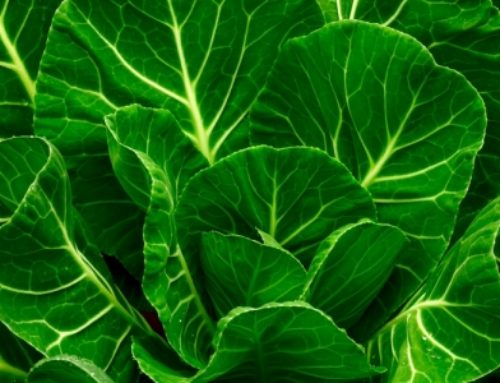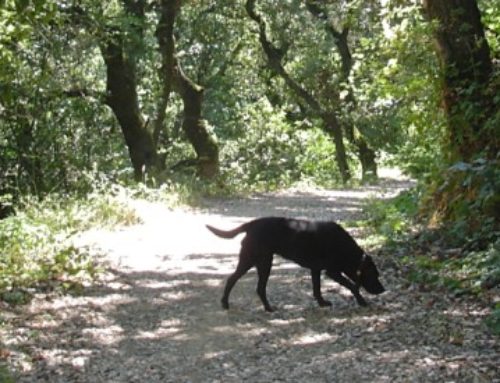May 2019 Newsletter Re-post
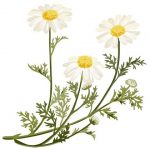 Rest and Digest
Rest and Digest
Chillax
- Put your phone in the other room and turn on some good, relaxing music or enjoy some silence
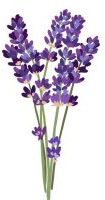
- Heat a large bowl of water so that it won’t cool too quickly but is not so hot you burn your toes
- Add in some Epsom salts or bath salts* and if you like a few drops of essential oil**
- Sit back and relax for at least five good minutes but longer would be best
- Remember to moisturize your feet once done as this can be a bit drying
*There is a lot of chatter about whether to use Epsom salts or magnesium chloride flakes. Both contain magnesium which is an essential mineral. Magnesium is an important cofactor in many enzymatic functions, necessary for bone formation, the central nervous system and cardiovascular health (hello rest and digest support system). Now clearly almost all of your mineral will come from food, but it never hurts to give yourself a little extra boost. Epsom salts are magnesium sulphate and the flakes contain magnesium chloride. Some will tell you the latter is far better absorbed but there is no conclusive evidence to this. Start simple and see what works. You can also skip the foot bath and try a magnesium chloride oil spray, but I find the warm water to be more effective. **Essential oils will add another level to your foot bath. Consider:
- Lavender or chamomile for the calming and anti-inflammatory properties
- Rosemary to boost circulation and calm the nerves
- Ylang ylang or jasmine are also known for calming and promoting relaxation while the scent may remind you of that wonderful tropical vacation
- Sandalwood is known to calm the brain and to relieve tension
Spring is in the air
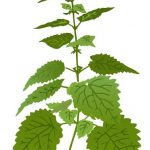 And with spring there tends to be a few seasonal allergies. If you experience these consider trying stinging nettles as a natural antihistamine. Really. They can be found at the farmer’s market, are delicious and give an energy boost — but they do sting until cooked so take care. An easier root is to consider the supplement form of freeze-dried nettles and quercetin. Quercetin is a plant pigment that is known for its antioxidant and anti-inflammatory effects which might help reduce inflammation as well.
And with spring there tends to be a few seasonal allergies. If you experience these consider trying stinging nettles as a natural antihistamine. Really. They can be found at the farmer’s market, are delicious and give an energy boost — but they do sting until cooked so take care. An easier root is to consider the supplement form of freeze-dried nettles and quercetin. Quercetin is a plant pigment that is known for its antioxidant and anti-inflammatory effects which might help reduce inflammation as well.
NOTE: if you are pregnant, have kidney issues or are on a medication do not consider this option unless your physician approves it.
Wishing you a great month!
PS: If you are wondering about my monthly mini challenge, last month went far better than the first. Tying a new habit (an extra vegetable) to an existing one (prepping veggies) really makes it easy. I hope your new habit building is gong well. I would love to hear about your success and any tips!


